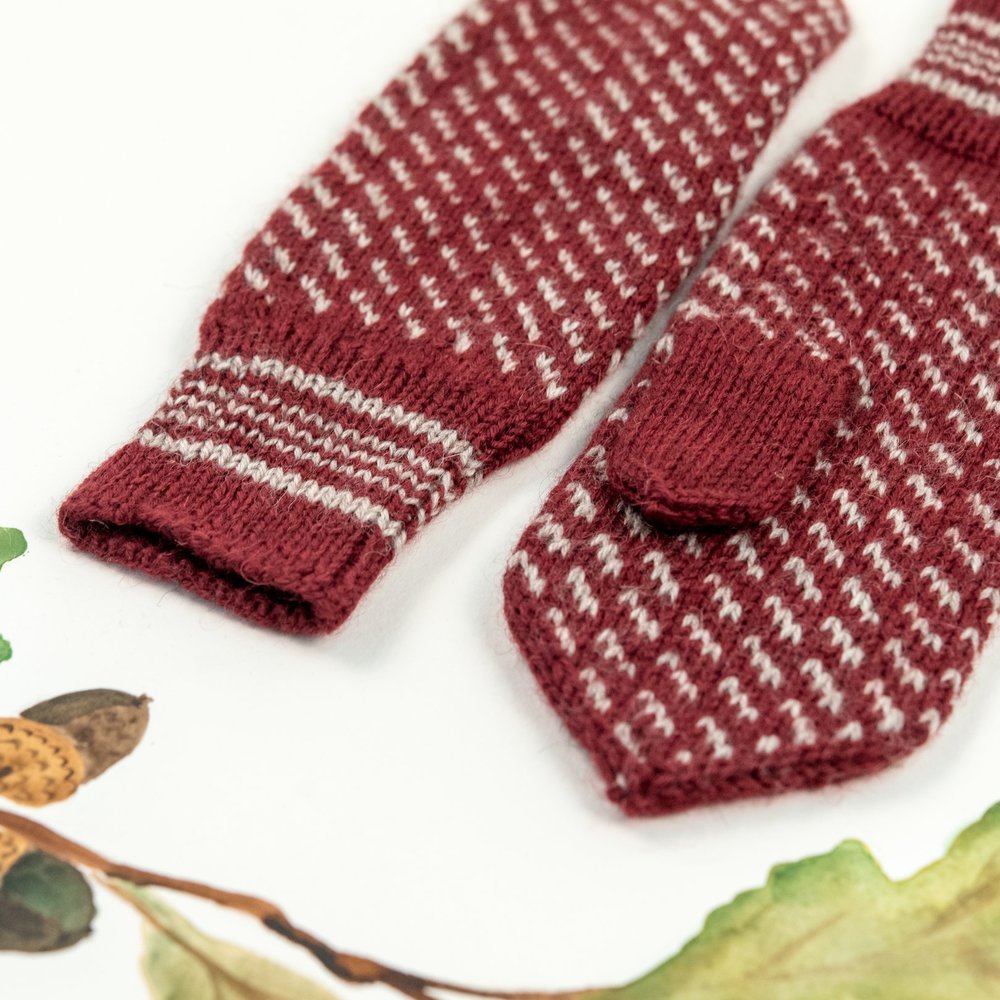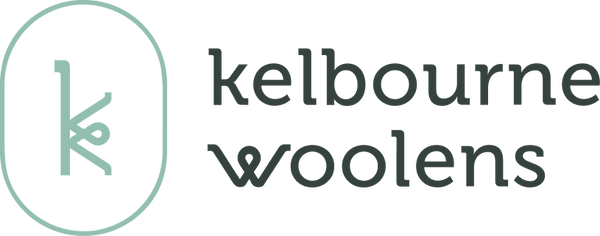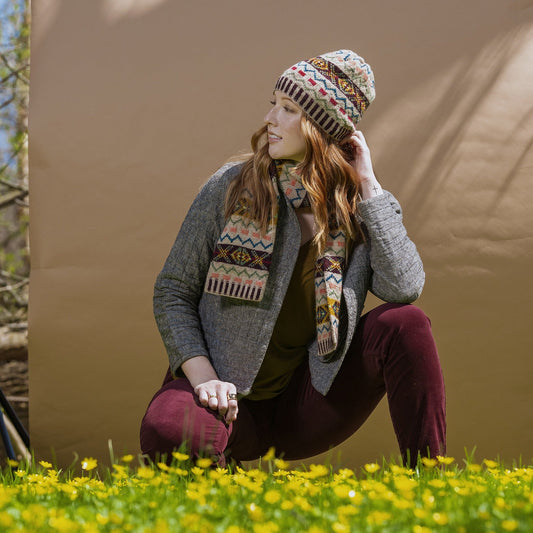

Bottom / November Mittens: Norwegian colorwork.
Colorwork Knitting
Colorwork knitting is the umbrella term that covers all types of knitting with multiple colors in a single row or round to create a pattern. It varies greatly, and you may see large motifs, longer floats or repeats, small geometric patterning, elaborate shape with long repeats, or multiple colors per round.Five related types of colowork knitting are:
• Fair Isle (Shetland Island)
• Bohus (Bohuslän, Sweden)
• Setesdal (Norway)
• Selbu (Norway)
• Lopapeysa (Iceland)
Stranded knitting is a type of knitting where multiple (usually two) colors are used in a single row or round to create a pattern. Of those outlined above, you will see all are considered colorwork knitting, but only one is actual “Fair Isle”. You will also notice on many occasions stranded knitting is referred to as “stranded colorwork”, and the terms may be used interchangeably. Two knitting techniques that may be considered colorwork but not stranded knitting are Intarsia and Roositud, both of which I won’t get into too heavily here, but which we have discussed intermittently throughout the blog and in our designs.
Many people use the term Fair Isle when they mean stranded knitting, and this is inaccurate. Fair Isle is a very specific type of stranded knitting from Fair Isle, a tiny island in the north of Scotland and part of the Shetland Islands. In Fair Isle knitting, only 2 colors are used per round and yarn is carried for a limited number of stitches across the back of the work. Common motifs are “OXO” shapes, “peeries” or simplified geometric shapes inspired by nature. Although only two colors are worked together on any given round, designs often incorporate more colors, up to as many as 10 or more for some very complex Fair Isle designs. Iconic Portrait of the Prince of Wales by Sir John Lander, and Ridley Creek by Courtney Kelley.
Both are examples of Fair Isle knitting, with the portrait worked in traditional colors in yarns. Ridley Creek is worked in a modern yarn, Camper, in a traditionally-inspired palette.



Selbu and Setesdal are types of stranded colorwork from Norway, and are two of my absolute favorites. One of my first designs, Selbu Modern, was inspired by the graphic motifs found in Selbu knitting. The iconic Norwegian snowflake or star pattern is traditional of Selbu patterning. Setesdal is a similar technique that usually employs two colors – traditionally black and white, or red and white, but I’ve enjoyed using non traditional ones as well – and most patterning is in bands of small geometric repeating patterns, with an all over lice stitch body pattern.


Lopapeysa knitting is native to Iceland, and made popular by the classic (yet relatively new in historical terms) Lopi colorwork yoke sweaters. Lopi sweaters lend themselves beautifully to the use of multiple colors in a garment, more than two colors per round, and bold, graphic patterns. Lopapeysa designs pull from many different colorwork styles and may feature motifs, graphic patterning, snowflakes, or geometric designs.https://kelbournewoolens.com/product/selbu-modern-2-0 Hopefully this small introduction opens your eyes to some of the many amazing stranded colorwork techniques we love to use as inspiration for our designs, and sheds some light on the differences and similarities amongst them! If you’re interested in learning more, below are a a few books* I highly recommend for your reading and knitting pleasure:
Selbuvotter by Terri Shea (Selbu)
Poems of Color by Wendy Keele (Bohus)
Latvian Mittens by Lizbeth Upitis
Nordic Knitting by Susanne Pagoldh
Alice Starmore’s Book of Fair Isle Knitting by Alice Starmore
Working with Wool by Sylvia Olsen
*Some are Amazon links, but as always, be sure to ask for them at your local yarn shop or bookstore first!




